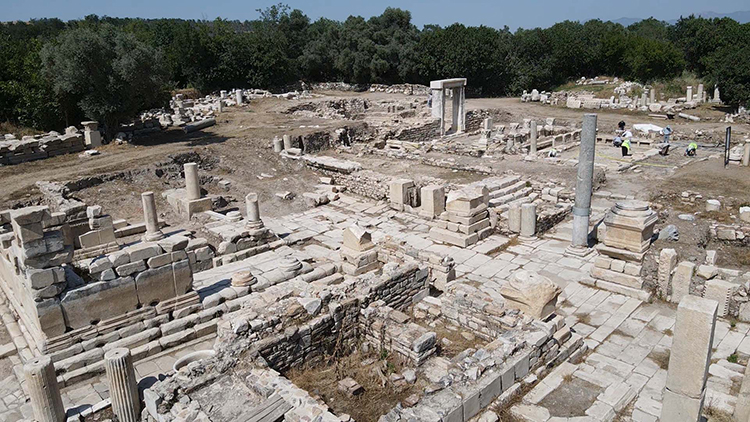
The Stratonikeia Library, Raised by the Hands of a Master from Ephesus, Emerges from the Earth
In the Yatağan district of Muğla, Turkey, a long-silent sanctuary of knowledge nestled among timeworn marble stones is being brought back to life through the meticulous work of archaeologists. Located in the ancient city of Stratonikeia — often referred to as the “City of Gladiators” — a Roman-era library is reemerging, captivating history enthusiasts not only with its architecture but also with its intellectual legacy.
Excavations, which began in 1977 and have continued year-round, have now reached a major milestone. Recognized as one of the world’s largest marble cities and listed on the UNESCO World Heritage Tentative List, Stratonikeia’s heart reveals a hidden gem: an ancient library located at the intersection of four main streets, now gradually exposed to the world once again.
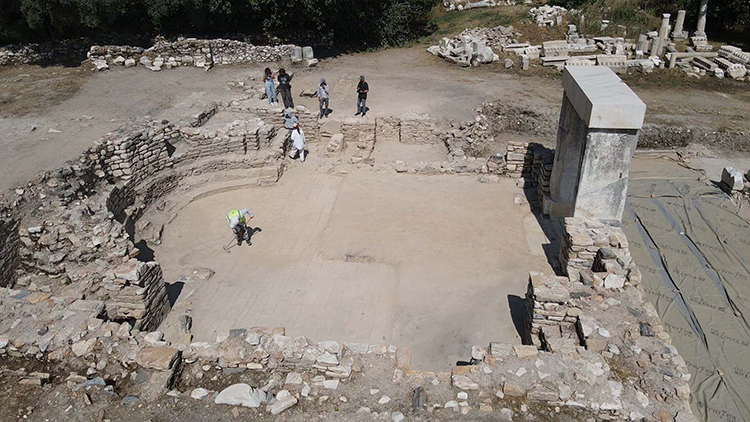
A Master from Ephesus, A Design That Inspired North Africa
Professor Bilal Söğüt, head of the Stratonikeia and Lagina excavation team, shared that the library has been the focus of archaeological efforts for the past five years. Initially built during the Hellenistic period and redesigned in the Roman era, the library remained in use until the 4th century AD.
One of the most striking findings is a series of inscriptions found on floor mosaics, revealing that the library was constructed by a master craftsman from Ephesus. Even more remarkably, the architectural plan of this very library is believed to have later inspired a library built in North Africa.
📣 Our WhatsApp channel is now LIVE! Stay up-to-date with the latest news and updates, just click here to follow us on WhatsApp and never miss a thing!!
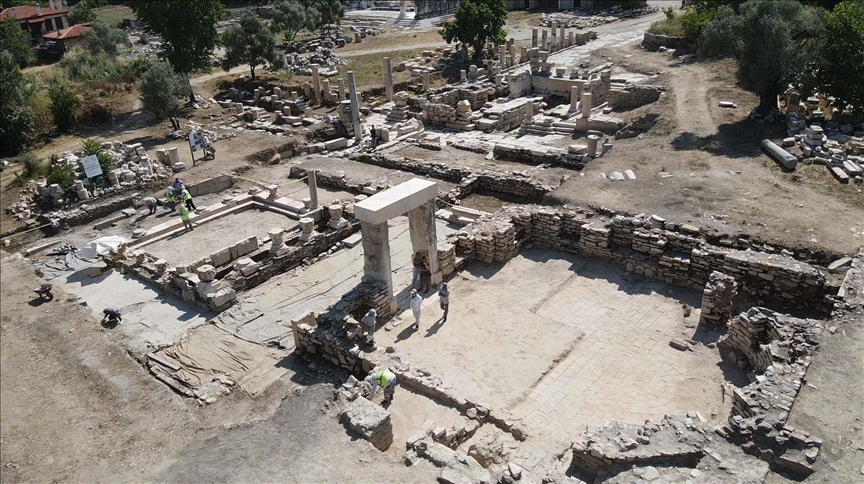
More Than Books: A True Ancient Knowledge Complex
This was not merely a storage place for scrolls. The library was designed as a comprehensive knowledge complex, featuring reading rooms, columned porticos, open courtyards, and social spaces. Nearby baths, fountains, and temples further emphasize the structure’s significance in the city’s cultural and civic life.
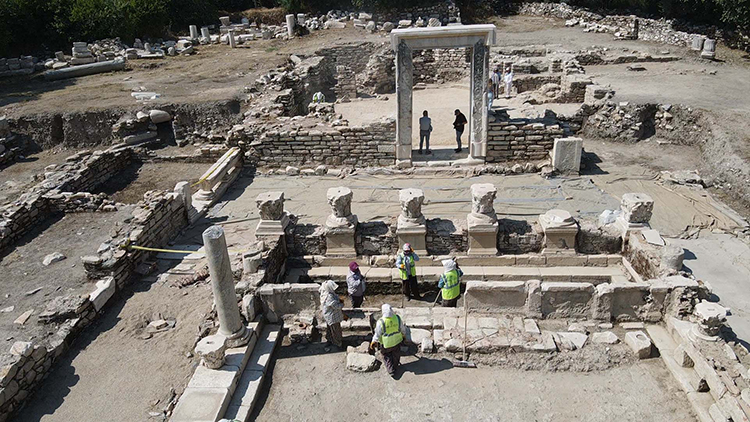
Toppled by Earthquakes, Rebuilt by Determination
A powerful earthquake in the early 7th century (circa 610 AD) rendered the library unusable. However, archaeological evidence suggests that the citizens held this space in such high esteem that they made significant efforts to rebuild it. Their dedication stands as silent testimony to the value placed on knowledge and learning in antiquity.
Professor Söğüt notes: “We now have a complete understanding of the library’s layout. It features a design unlike any other known library in Anatolia, and we have documented how it evolved through the ages.”
Cover Image Credit: Durmuş Genç/AA
You may also like
- A 1700-year-old statue of Pan unearthed during the excavations at Polyeuktos in İstanbul
- The granary was found in the ancient city of Sebaste, founded by the first Roman emperor Augustus
- Donalar Kale Kapı Rock Tomb or Donalar Rock Tomb
- Theater emerges as works continue in ancient city of Perinthos
- Urartian King Argishti’s bronze shield revealed the name of an unknown country
- The religious center of Lycia, the ancient city of Letoon
- Who were the Luwians?
- A new study brings a fresh perspective on the Anatolian origin of the Indo-European languages
- Perhaps the oldest thermal treatment center in the world, which has been in continuous use for 2000 years -Basilica Therma Roman Bath or King’s Daughter-
- The largest synagogue of the ancient world, located in the ancient city of Sardis, is being restored

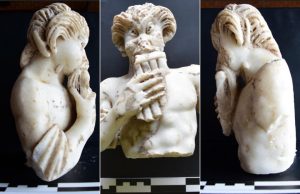
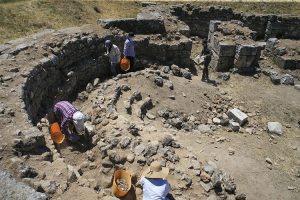
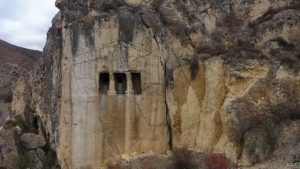
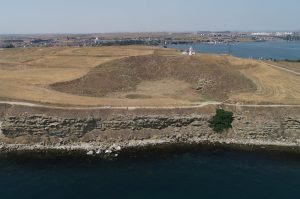

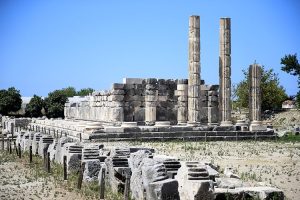


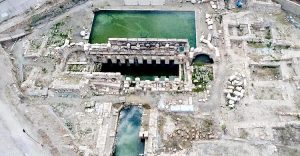
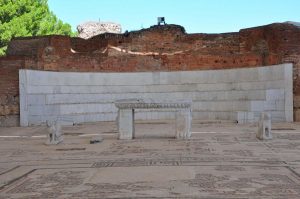
Leave a Reply